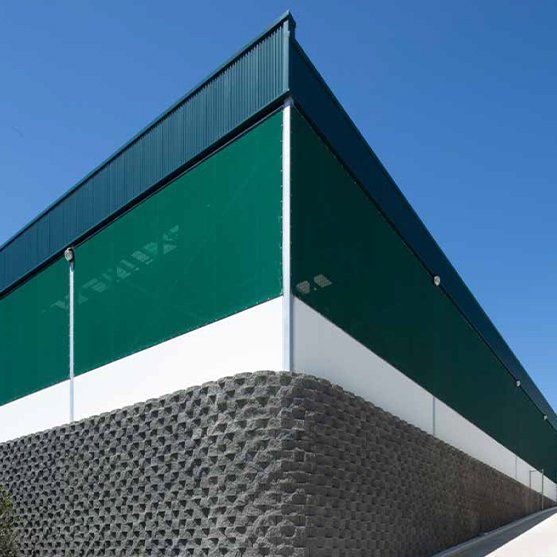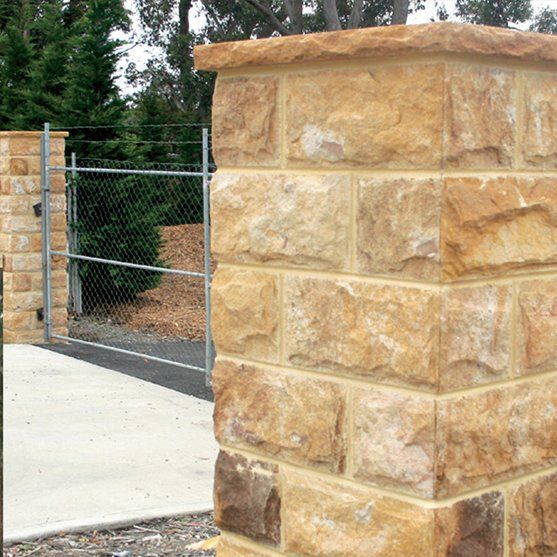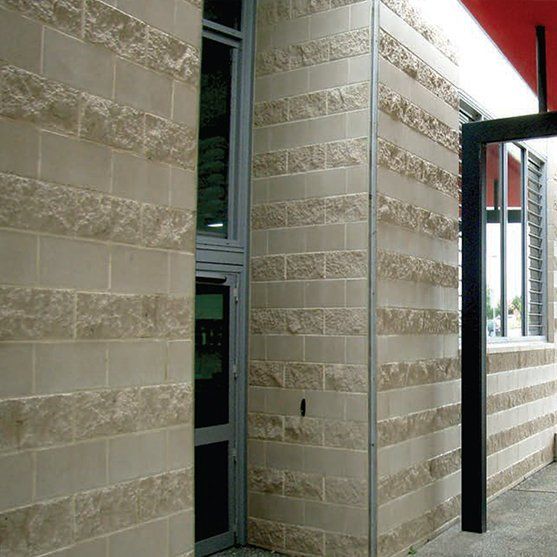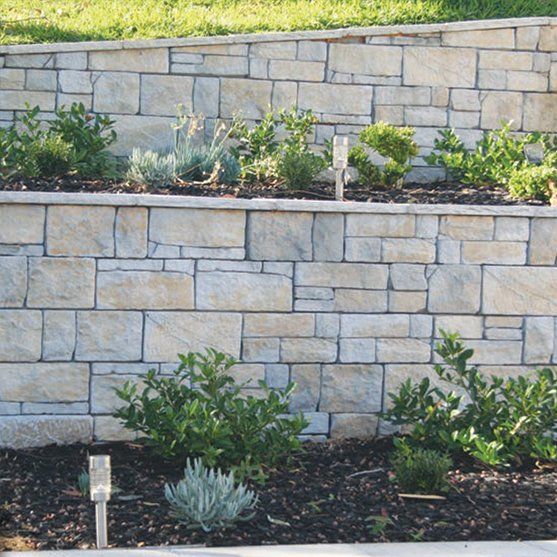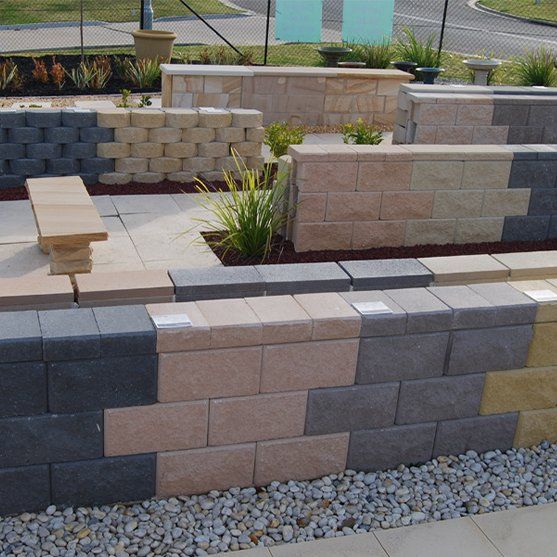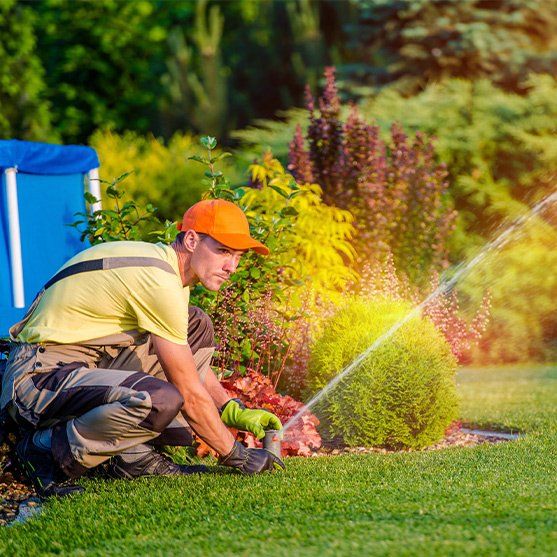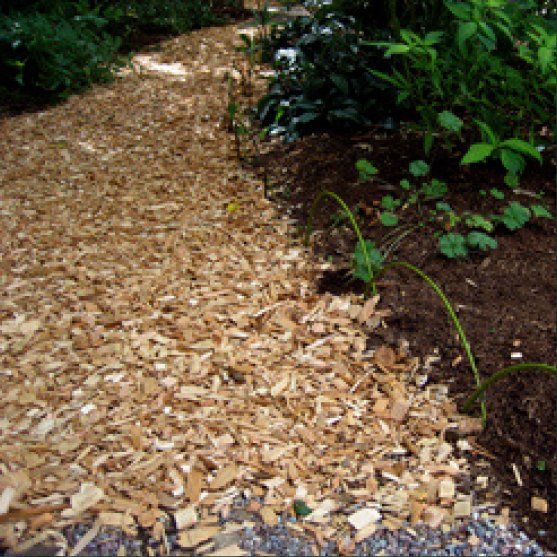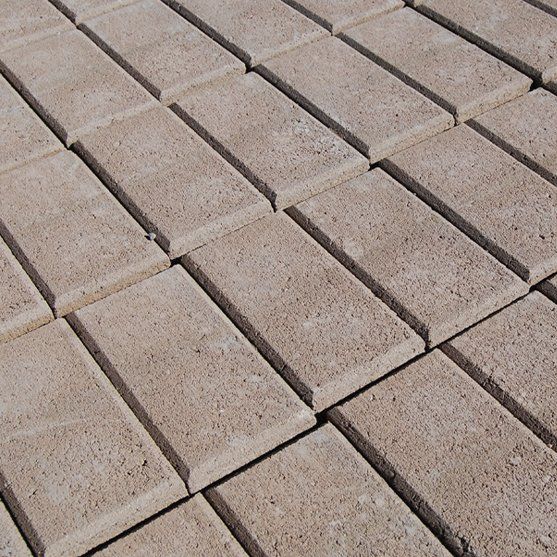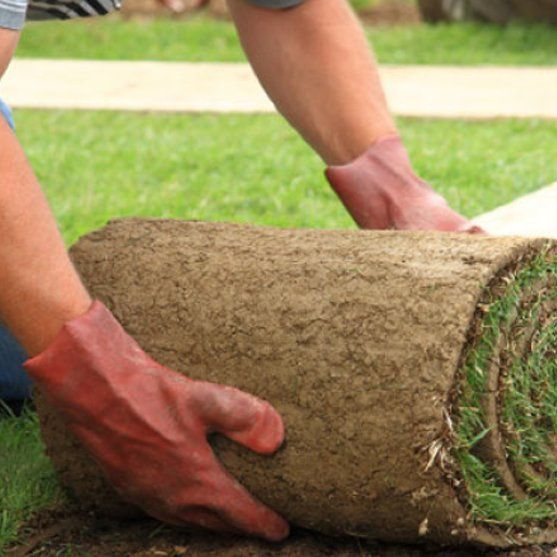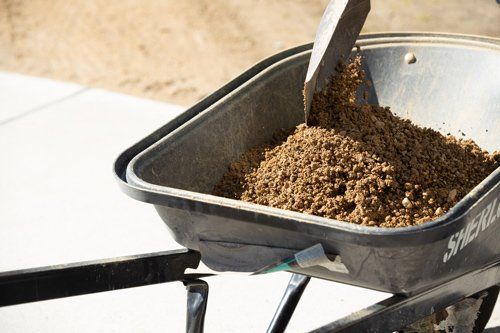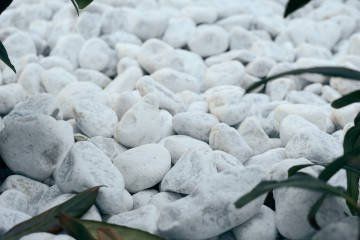PRODUCT BROCHURES
Calculate material costs for your project, read frequently asked questions and responses, browse articles to help you select the right products and plan out your projects, and discover resources for DIY or professional installations here.
We are here to work with you to bring your vision to life. To talk about the styles or materials you identify with and the elements you would like to include in your own project, just give us a call on
02 8104 1001.
HOW TO GUIDES
ARTICLES
City skyline
THE ULTIMATE GUIDE TO GETTING ‘GARDEN READY’ FOR SPRING
As the cold winter months begin to ebb, and we increasingly turn to the outdoors for sunshine and activity, our gardens and outdoor spaces begin demanding more attention again.
Residential Project - Private Home
Oran Park locals landscape their front and back yards for their private home.
5 TIPS TO MAINTAINING A BEAUTIFUL LAWN
A beautiful green lawn is one of the most desirable features of home gardens all around the country. Here are five handy tips to help you be the envy of your friends and neighbours this year.
FANTASTIC PEBBLES AND HOW TO LAY THEM
If you’re looking to fancy up your garden, you can’t go past our range of garden pebbles. But do you know how to properly lay them? If not, here’s a guide.


